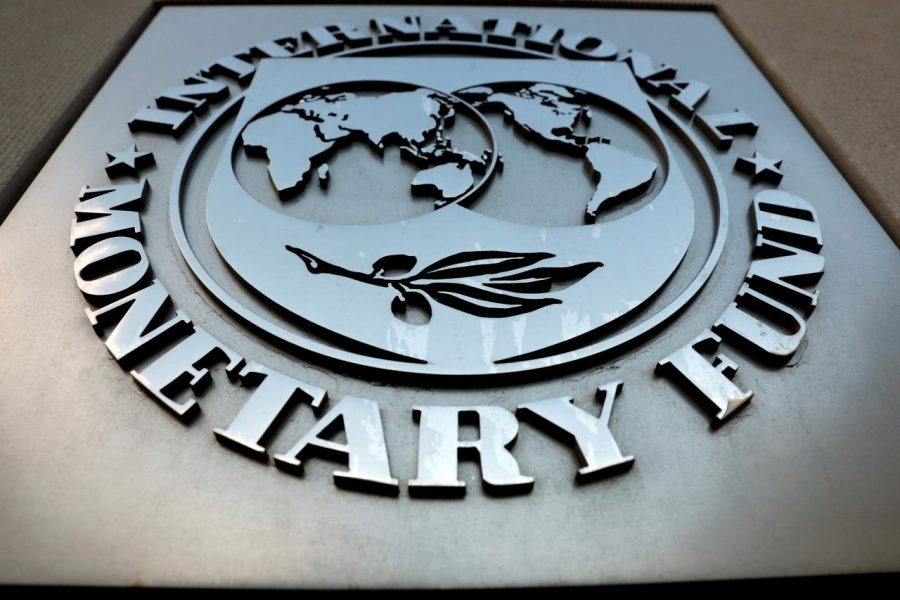Restructuring
There is no international bankruptcy regime that governs sovereign default and restructuring. The process is ad hoc, driven by specific contractual provisions, and varies greatly across cases and over time.
This category of the blog relates to the main aspects of sovereign debt restructurings. Among other topics, we discuss:
- The circumstances that trigger restructurings – such as financial distress, liquidity dry-ups, political upheavals or strategic decision – and their timing, pre-emptive or post-default.
- How the burden is shared between the debtor country and its creditors: the size and form of debt relief, the role of debt sustainability analysis, and the contribution of IFIs in this process.
- How the burden is shared across creditors, within and across different categories – such as private vs official, members of the Paris Club vs other bilateral lenders, bond vs loan holders.
- The effectiveness of legal innovations such as collective action clauses (CACs) at ensuring a speedy and orderly process.
10 December 2020
On December 9, the Chair in Sovereign debt organized an online roundtable to discuss the situation of Argentina following the […]
13 November 2020
On November 13, the G20 Finance Ministers and Central Bank Governors agreed on a common framework for debt distress beyond […]
5 November 2020
Despite intense government crackdown, the popular uprising in Belarus following an allegedly rigged presidential election in August 2020 does not […]
23 September 2020
On September 23, 2020, the IMF published a policy paper to address challenges related to private-sector sovereign debt restructurings. This […]





